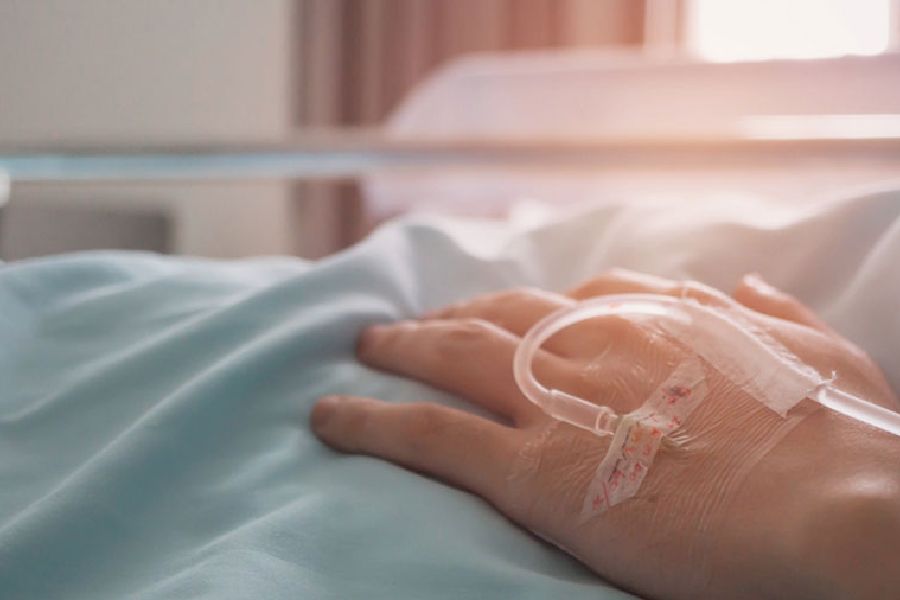Medical experts have linked an extraordinary surge in cases of a rare neurological disorder called Guillain-Barre syndrome (GBS) in Pune over the past week to a bacterial infection known to cause GBS in about one in 1,000 infections.
In preliminary investigations, the experts have attributed the cluster of at least 73 GBS cases collectively reported by several Pune hospitals until Friday to Campylobacter, an infection typically contracted through contaminated food or water.
Campylobacter is the most common bacterial cause of human gastroenteritis. The infection is generally mild, but about one in 1,000 people with Campylobacter can develop GBS, a condition in which the immune system attacks the nerves.
GBS patients may experience weakness of some muscles and, in severe cases, paralysis, but most patients typically recover fully over periods of weeks to months. Among the 73 patients in Pune, 14 are on ventilator support, a PTI report said on Saturday, quoting a state health department official.
“The investigations so far point to Campylobacter as the likely cause,” Rajesh Karyakarte, a professor and head of microbiology at the BJ Government Medical College, Pune, and member of the rapid response team told The Telegraph on Saturday.
Karyakarte said lab tests have so far detected Campylobacter infections in three patients among the cluster. This is in line with independent global studies suggesting that at least one in every 20 people with GBS had a recent Campylobacter infection.
A central health team has also joined state health officials in probing the outbreak. The source of the infection remains unclear but the cluster appears geographically confined to specific localities, raising suspicions that the Campylobacter infections may have spread through contaminated water.
Tests by the National Institute of Virology, Pune, have also detected evidence of recent norovirus infections among some GBS patients. Noroviruses also cause gastrointestinal symptoms but, Karyakarte said, the risk of norovirus infections leading to GBS is lower than Campylobacter infections leading to GBS.
The outbreak has prompted local health and municipal authorities to launch house-to-house surveillance. Over 7,200 houses had been surveyed until Saturday, the PTI report said.
The annual count of GBS in the country remains undocumented. However, a 2021 study of 150 GBS patients from southern India had identified the chikungunya viral infection as the most common preceding infection followed by Campylobacter. An unpublished study from 1993 had estimated that seven major teaching hospitals across India collectively reported 138 GBS cases annually.











